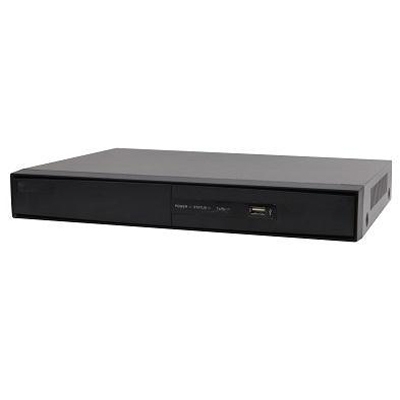Last week, a virtual open day was held to present the results of research into enabling the safe integration of remotely piloted aircraft systems (RPAS) in controlled airspace (PJ.13, Solution #117). The research is part of the activities of the SESAR/Horizon 2020 project, ERICA.
‘Remotely Piloted Aircraft’ (RPA)
‘Remotely Piloted Aircraft’ (RPA) is a specific set of unmanned aircraft, which is remotely operated by a pilot in a control station, hence the term - ‘Remotely Piloted Aircraft System’ (RPAS).
RPAS are especially useful for repetitive tasks or situations, where a human pilot might be put at risk. Situations could include floods, where a continuous monitoring of the situation is needed, or an accident at a chemical plant, where pollutants have been released into the atmosphere, thereby making it too dangerous to fly overhead.
Monitoring linear infrastructures
RPAS can also be useful in the everyday life of citizens for the transport of both small packages and bulk cargo
RPAS can also be useful in the everyday life of citizens for the transport of both small packages and bulk cargo, and for monitoring linear infrastructures, such as pipelines, power lines and railways tracks, among other applications. They are also very useful for emergencies, such as search and rescue, or the delivery of medication or defibrillators.
Organised by Indra, in collaboration with Leonardo and ENAV, and bringing together more than 80 participants, the open day presented the outcomes of recent validation exercises on the solutions.
Ermanno Girardelli, the Project Coordinator at Leonardo, presented an overview of the project and Alessandro Manzo, the Solution leader at ENAV, illustrated the activities of solution 117, which is the part of the project dedicated to the integration of the RPAS in the medium-long term.
Exercise focused on adaptation of ground-based safety nets
The exercise focused on the adaptation of the ground-based safety nets to manage conflicts that involve RPAS operations in en-route, non-segregated airspace.
This exercise considered the RPA operations uncertainty and latency in Satellite-based voice communications with controllers. Short-Term Conflict Alert (STCA) and Area Proximity Warning (APW) ground-based safety nets adaptations were tested by running different scenarios with different thresholds: reference, moderate and high.




























